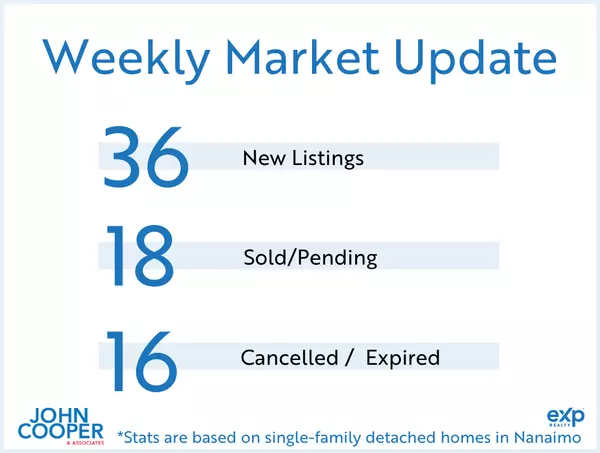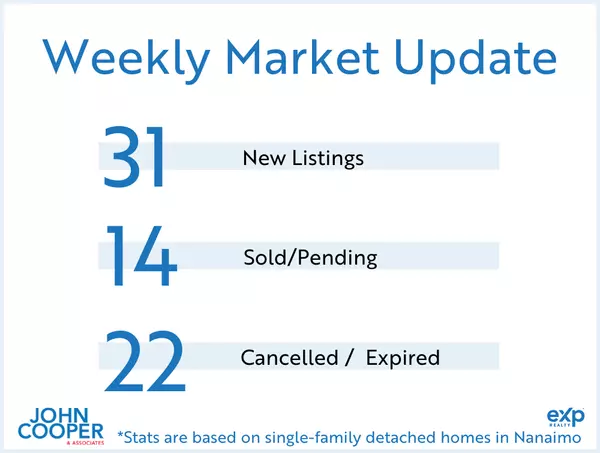1. Understanding the Depreciation Report:
A depreciation report provides important insights for buyers looking to purchase a unit in a strata corporation. It not only speaks about the current condition of physical components (as long as the report is recent), but also the financial state of the strata corporation. Some of the most important information in a depreciation report can be found in the following two sections:
-
Evaluation of Physical Components: Details about the current state and expected lifespan of the building's major systems and structures.
-
Financial Analysis and Forecasting: Projections of future capital expenses the strata is likely to incur.
2. The Issue of Omitted Components:
One issue we often come across when reviewing depreciation reports is omitted components. Often, this occurs at the direction of the strata council, which may ask the report's author to leave out specific items. This practice is problematic for several reasons:
-
Underreporting of Future Expenses: By excluding some components, the report gives an inaccurate picture of future capital expenses. This can make it seem like the strata will have less to spend on future projects than it actually will.
-
Misleading Potential Buyers: An incomplete depreciation report can mislead potential buyers about the true financial obligations they are likely to face.
If not caught, this practice can be very misleading. It's therefore crucial to be aware of this issue and scrutinize the depreciation report thoroughly.
If you want to learn more about depreciation reports, you can checkout this article titled “The Problem with Depreciation Reports”, written by Condo Clear’s founder and Managing Broker, Ryan Stenquist.





















